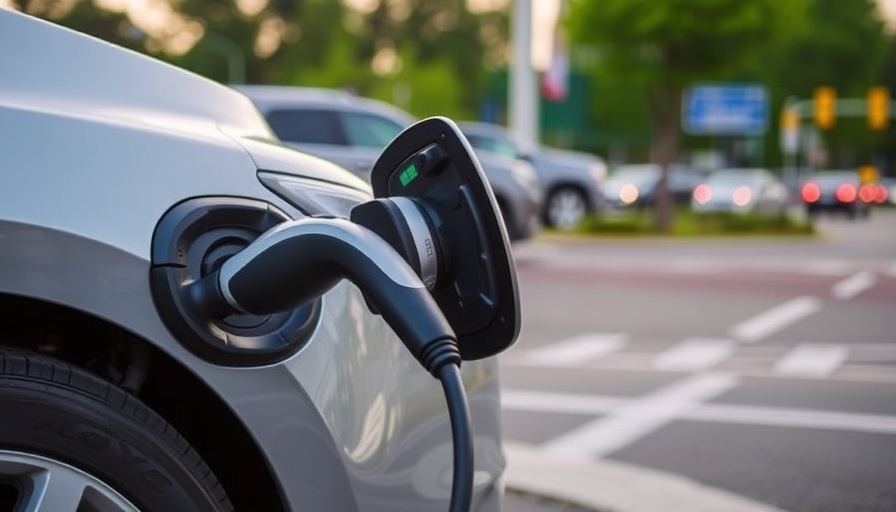
Charging Ahead: What the Proposed EV Fee Means for Infrastructure Funding
In an era when electric vehicles (EVs) are quickly becoming the norm, Congress is considering imposing an annual fee on these eco-friendly cars as a means to fund essential highway projects. While this may seem counterintuitive to those who advocate for sustainable transport solutions, it underscores a critical need in the current funding landscape: how to maintain and upgrade our infrastructure without over-reliance on traditional revenue streams like gas taxes.
The Shift in Revenue Models for Highway Maintenance
Over the last decade, the growth of EVs has altered how highway funding operates in the United States. With fewer gas-powered vehicles on the road, the traditional gas tax revenue—which has historically supported road maintenance—is dwindling. As a result, Congress’s move to charge EVs an annual fee is a proactive step to ensure funds for necessary repairs and improvements. Experts predict that if this trend continues, states may increasingly look to alternative funding models, possibly considering fees based on vehicle miles driven, a payment method that would capture road use more equitably.
Public Reaction: Balancing Sustainable Progress with Fairness
This proposed fee is likely to spur a mix of enthusiasm and backlash among the public. Supporters argue that EV owners should contribute to road maintenance just like their gas-guzzling counterparts, while critics may perceive this as a deterrent to adopting a greener vehicle. The challenge lies in striking a balance between encouraging environmentally-friendly practices and ensuring that the mechanisms to fund infrastructure are just and equitable. This is especially pertinent in urban areas where road use varies significantly among different socio-economic groups.
A Glimpse into Future Funding Trends
As we transition to harnessing smarter technologies in construction and planning, it's essential to look ahead. Innovations such as road sensors and automated traffic systems are being integrated into urban infrastructure, improving efficiency in monitoring and managing road usage. Future predictions indicate that funding systems will evolve alongside these innovations, potentially implementing dynamic pricing, where road use costs vary based on demand—a system already being tested in several global cities.
Construction Industry Implications: Flexibility and Adaptation Required
For those in the construction industry, these changes could signal a shift in project funding and prioritization. Companies may need to adapt their approach, preparing for projects tied directly to infrastructure resilience and sustainability initiatives. Whether through smarter materials or integrating renewable technologies, industry professionals must stay agile, anticipating new funding mechanisms that may arise as laws evolve.
Conclusion: What’s Next for EV Fees and Infrastructure Funding?
As we continue to navigate this complex terrain, it is crucial for stakeholders in the construction sector and local communities to engage with these discussions actively. With new policies on the horizon, understanding their implications—both for the environment and infrastructure—will be vital. We encourage you to stay informed on these policies and participate in the dialogue about how they will shape our roads and communities.
 Add Row
Add Row  Add
Add 




 Add Row
Add Row  Add
Add 

Write A Comment